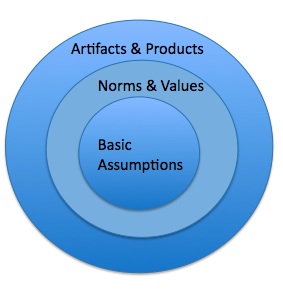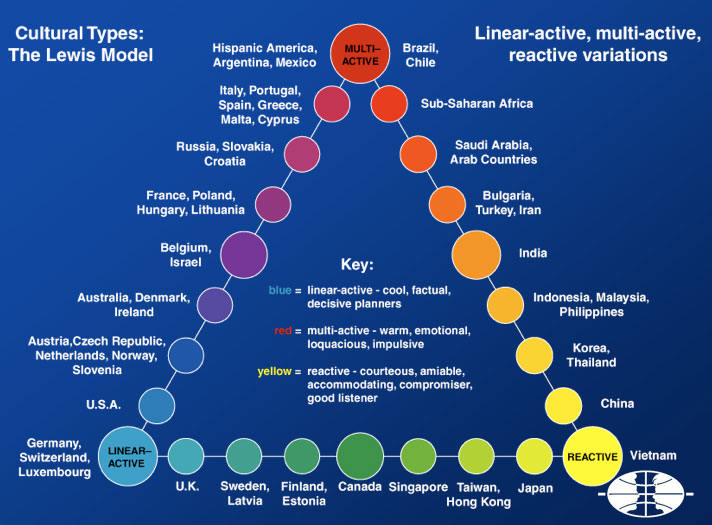O.K., Google, Take a Deep Breath – By CAITLIN KELLY
Excellent read: New York Times Article on Google and the ‘Search Inside Yourself’ course.
Coach | Trainer | Speaker | Consultant
O.K., Google, Take a Deep Breath – By CAITLIN KELLY
Excellent read: New York Times Article on Google and the ‘Search Inside Yourself’ course.
 When reading across blogs and newspapers, I very often come across something along the lines like ‘be mindful’,’ mindful coaching’ or ‘mindful leadership’. Whereas these words sound very trendy and up to the point, I am sure many readers actually wonder what mindfulness actually is and what it takes to become more mindful in our daily lives and interactions. Well, according to Jon Kabat-Zinn, mindfulness is:
When reading across blogs and newspapers, I very often come across something along the lines like ‘be mindful’,’ mindful coaching’ or ‘mindful leadership’. Whereas these words sound very trendy and up to the point, I am sure many readers actually wonder what mindfulness actually is and what it takes to become more mindful in our daily lives and interactions. Well, according to Jon Kabat-Zinn, mindfulness is:
“(..) an ancient Buddhist practice which has profound relevance to our present-day lives. It has to do with examining who we are (…) and with cultivating some appreciation of the fullness of each moment we are alive.Most of all, it has to do with being in touch.”[1]
In fact, most of our days in this fast spinning world are spent with running around, going to work, fetching the children, cooking, cleaning, shopping and doing whatever else needs to fit in our busy agendas. Unfortunately, many of these activities are not performed with a conscious state of mind, but rather in a more or less routine mode, constantly thinking about more things that need to be done or places that we need to be at. Time runs fast and the next thing we know is that many years have gone by, children grew up, excellent moments passed nearly unnoticed and we did not even realize what was going on. At a certain point, it therefore makes sense to stop, turn around and start enjoying all these little things in our daily lives that make every moment unique and worth living. There won’t be fewer things to do, less tasks to fulfill, but our change in attitude will allow us to see the different facets and moments of our existence through different glasses, those of consciousness.
Following different authors with international renown, such as Chade-MengTan or Kabat-Zinn, certain mental qualities or attitudes, “(…) provide a rich soil in which the seeds of mindfulness can flourish”.[2] These are:[3]
Whereas these qualities are certainly not new to any of us, it is certainly not easy to try and cultivate them every day anew. But the more we do, the easier it becomes to relate to others and ourselves in a different way. If for example, by the way in which you are behaving, actually ‘broadcast’ patience, empathy and openness, others will come to you more easily and it will certainly change the quality of your relationships. On top of that, you as a person will also feel less stressed and more in harmony with yourself and what you are doing. Try it for yourself! As we are all interacting in social systems with groups of individuals or individuals, you will see that with building a solid foundation for mindfulness practice, things around you will also be affected and change. New doors will open, others will close, life unfolds in a multitude of present moments…
Excellent post on the role of culture in creating a resilient, high performing organization. http://www.tanveernaseer.com/
5 methods for social leadership – try reverse mentoring
Meghan M. Biro – Forbes, adapted ways of mentoring in changing corporate environments.
Perspectives for managers – Ben Bryant
Mindfulness
You must be the change you wish to see in the world – Mahatma Gandhi
Four Steps to Building a Strategic Communications Capability
Ecellent post by by Georgia Everse, Harvard Business Review
Before looking into the different aspects of what it means to be a leader in a multicultural environment, what problems can arise and how to solve them, a commonly used term has to be defined. The word ‘culture’ is used in so many ways today but do we really know what lies behind it? In fact, many different definitions exist, depending on the context the word is used in. Geert Hofstede, a well-known Dutch researcher in the field of organisational studies, says the following: culture is “(…) the collective programming of the mind distinguishing the members of one group or category of people from another”. The ‘category’ can refer to nations, regions within or across nations, ethnicities, religions, occupations, organizations, or the genders.”[1]
For my purposes, a definition I find most useful is that of the ‘onion-model’ of culture from Trompenaars. It describes something complex as culture with a simple image, that of an onion, where the outer layer represents behaviours, language, food, clothing etc. of a person; looking more to the inside one can find norms and values. The inner core layer finally, is made of “basic assumptions”[2] like routine actions and beliefs that are deeply rooted inside.  ”Onion Model” of Culture[3]
”Onion Model” of Culture[3]
What this model really shows is that we cannot judge or pretend to understand a person simply from his or her behaviours, clothing and food. There is much more to culture than what we can actually see. Acknowledging this fact and being mindful when being part of or leading international teams, will actually help avoiding misunderstandings and bring clarity. “The first step for leaders is to help all players recognize that there are cultural differences – to recognize their importance and impact”.[4]
Let me give you an example: a simple question at the end of a workshop or meeting like “does everybody understand what the next steps are, i.e. is everything clear” can have a different impact on people with various cultural backgrounds. Whereas in some cultures people are used to ask questions, seek clarification and understanding, in some other cultures admitting that things are not clearly understood is actually considered as ‘losing ones face’; hence there won’t be any questions or signs that some information was missing which for the workshop or meeting leader will be very confusing as he/she will be expecting a certain output. In order to avoid this particular situation, it can be very helpful to have a look at cultural type models, like the “Lewis’ model” to give one example:[5] Although it appears difficult to categorize every single person, this model provides a helpful approach and can already solve many problems before they appear.
Although it appears difficult to categorize every single person, this model provides a helpful approach and can already solve many problems before they appear.
Specialised coaches can of course help navigate the uncertain waters of intercultural management. Part III of this article will look into the difference of intercultural coaching versus coaching in an intercultural management environment as well as highlight the difference between measures on the job and measures off the job. Stay tuned!
[1] From: http://geerthofstede.nl/culture.aspx
[2] See also: F. Trompenaars and P. Woolliams: „Transcultural Competence through 21 Reconciliations“. In: 21 Leaders fort he 21st Century – How innovative Leaders manage in the digital age. Editor. F. Trompenaars and Ch. Hampden-Turner. Oxford 2001, p. 397-398.
[3] In alteration from H. Blom and H. Meier: „Intercultural Management“ (=International Management. Editor. H. Meier). Page 40.
[4] Trompenaars/Woolliams: Transcultural Competence, p. 397
[5] R. Lewis: http://www.crossculture.com/services/cross-culture/; see also: R. Lewis: “When teams collide – Managing the international team successfully”, Nicholas Brealey Publishing, London 2012, p. 13.